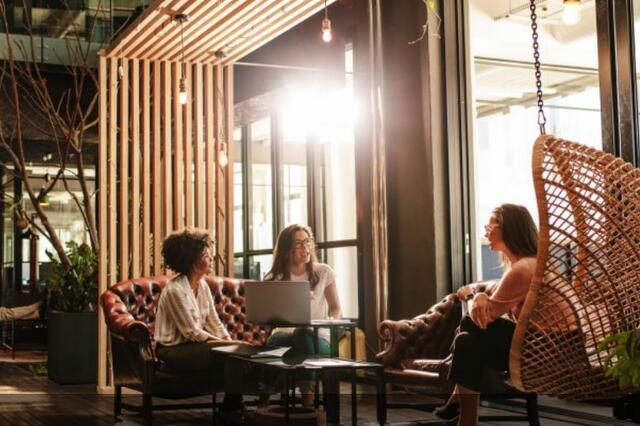Workplace wellness: Why investors should care
30 November 2017Workplace wellness: Why investors should care
30 November 2017As the world learns more about health and productivity, the importance placed on ‘workplace wellness’ has increased steadily over the past 20 years. And, while the impetus has traditionally fallen to corporates and their HR departments, new research shows that wellness of a building’s occupants is becoming an increasingly necessary consideration for investors hoping to attract quality future tenants.
Already a mainstream consideration in many workplaces around Australia, the concept of Wellness is set to gain further traction over the next decade, and the country’s commercial real estate sector is leading the way through building specifications that promote employee wellbeing.
Now, according to the latest research by JLL in partnership with TEDxSydney, which examined the future of urban living in the year 2030, the concept of ‘wellness’ will become a firmly entrenched necessity at the core of future real estate investmentdecisions.
As the trends strengthens, the benefits of a more productive workforce are set to crystallise for building owners, and include; increased tenant loyalty, improved workplace productivity, longer dwell times and increased rental demand.
Richard Fennell, JLL’s Head of Property & Asset Management, Australia said that, put simply, wellness in a property investment context is about considering the mental, emotional and physical needs of a building’s occupants.
“Enhancing the wellness-factor of a building does not necessarily require dramatic and costly renovations,” he says. “It can be as simple as improving access to natural light with windows and skylights, improving air quality and flow, which 96 percent of our respondents said would help improve workplace productivity.
“Creating user-friendly and flexible communal spaces for collaboration and recreation such as movable seating areas and cafes, facilitating bike storage, providing access to internal stairs, integrating technology and erecting green walls are among other smart ways to bring wellness into a building.”
“Investors and building managers can also consider the benefits of implementing health and wellbeing initiatives such as yoga lessons, nutritional education seminars, sports and hobby clubs as well as life coaching,” says Fennell.
The sustainability factor
According to the report, wellness goes hand-in-hand with sustainability – another key consideration for investors. According to Fennell, so-called ‘smart buildings’ will command higher rents and allow owners to manage their operational costs and improve sustainability with broader benefits ranging from cost-savings to building performance, to even helping mitigate the physical and reputational threats of climate change.
Sydney’s Barangaroo and 485 La Trobe Street in Melbourne are both examples of this in action, as the developers worked to create an oasis for their tenants resulting in high demand for both spaces. Occupants and visitors enjoy the breathable walls, picnic amenities (to take to the park across the road), waterfalls, comfortable and versatile seating, green open spaces and more.
“It is certainly a trend we can expect to see continue as health and wellbeing factors transform into paramount considerations not only for investors but for tenants and occupants too,” says Fennell.
For more information, download a copy of the JLL report here.
